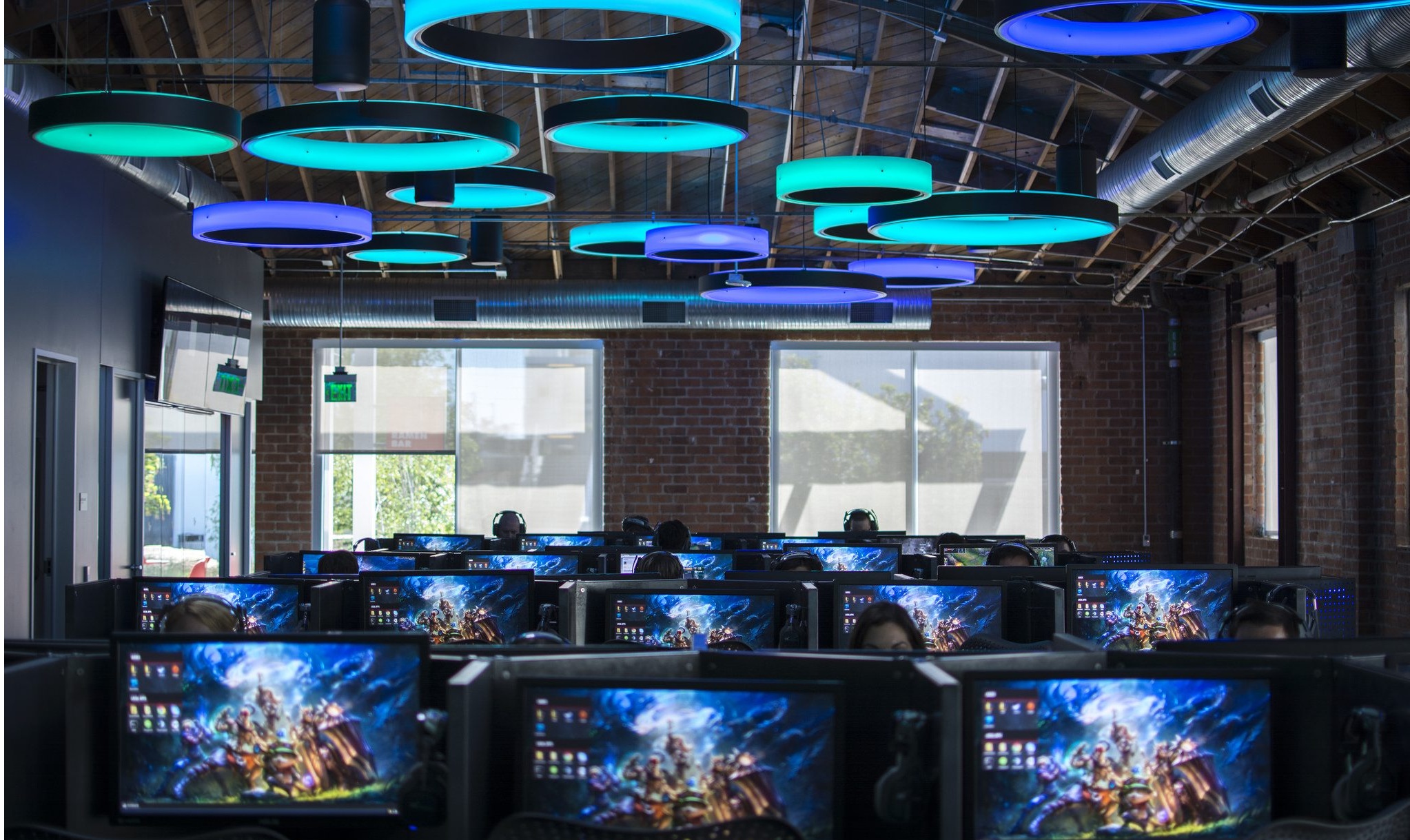- AWS›
- Solutions
Customer Success Stories
Discover how customers across industries increase agility, optimize costs, and accelerate innovation using AWS
Experian Accelerates .NET Modernization Using Agentic AI
Experian accelerates .NET modernization using AWS Transform to upgrade seven legacy applications to .NET 8.0, achieving 40% reduction in developer effort and saving 300 engineering days. The global data and technology company automated 687,600 lines of code transformation while concurrently migrating to the AWS Cloud infrastructure. The project delivered improved performance, enhanced deployment automation, and strengthened DevOps processes. Experian embedded agentic AI and automation into their teams to drive innovation while maintaining continuous uptime.

Omnicom at AWS Summit Los Angeles 2025 Keynote
At AWS Summit Los Angeles 2025, Omnicom’s Global CIO Craig Cuyar shared how the global marketing communications leader serving 5,000 clients across 70+ countries, migrated 75 petabytes of data from 9 data centers to AWS to enable innovation at scale. Using AWS building blocks including Amazon Bedrock and SageMaker, Omnicom built Omni, their proprietary data-driven marketing platform that processes 400 billion daily events and integrates over 100 data sources for hyper-personalized advertising campaigns. The transformation delivered 90% cost reduction on compute infrastructure while enabling AI-powered campaign optimization across their global network.
Riot Games Cuts $10M Annual Infrastructure Costs by Migrating to Amazon EKS
Riot Games, creator of League of Legends and VALORANT, migrated to Amazon EKS to modernize its game infrastructure and support over 180 million monthly active users. The company needed to streamline infrastructure deployment and reduce costs while maintaining world-class player experiences globally. Using Amazon EKS, Riot cut annual infrastructure costs by $10 million, accelerated infrastructure setup by 90%, and achieved 12x faster game infrastructure deployment. The company now launches new game infrastructure in 1-2 months instead of years.

Featured Case Studies across industries
Benefits
1,000,000+
of active customers every month.330,000+
startups have used AWS to bring their ideas to life.Browse customer stories
Did you find what you were looking for today?
Let us know so we can improve the quality of the content on our pages